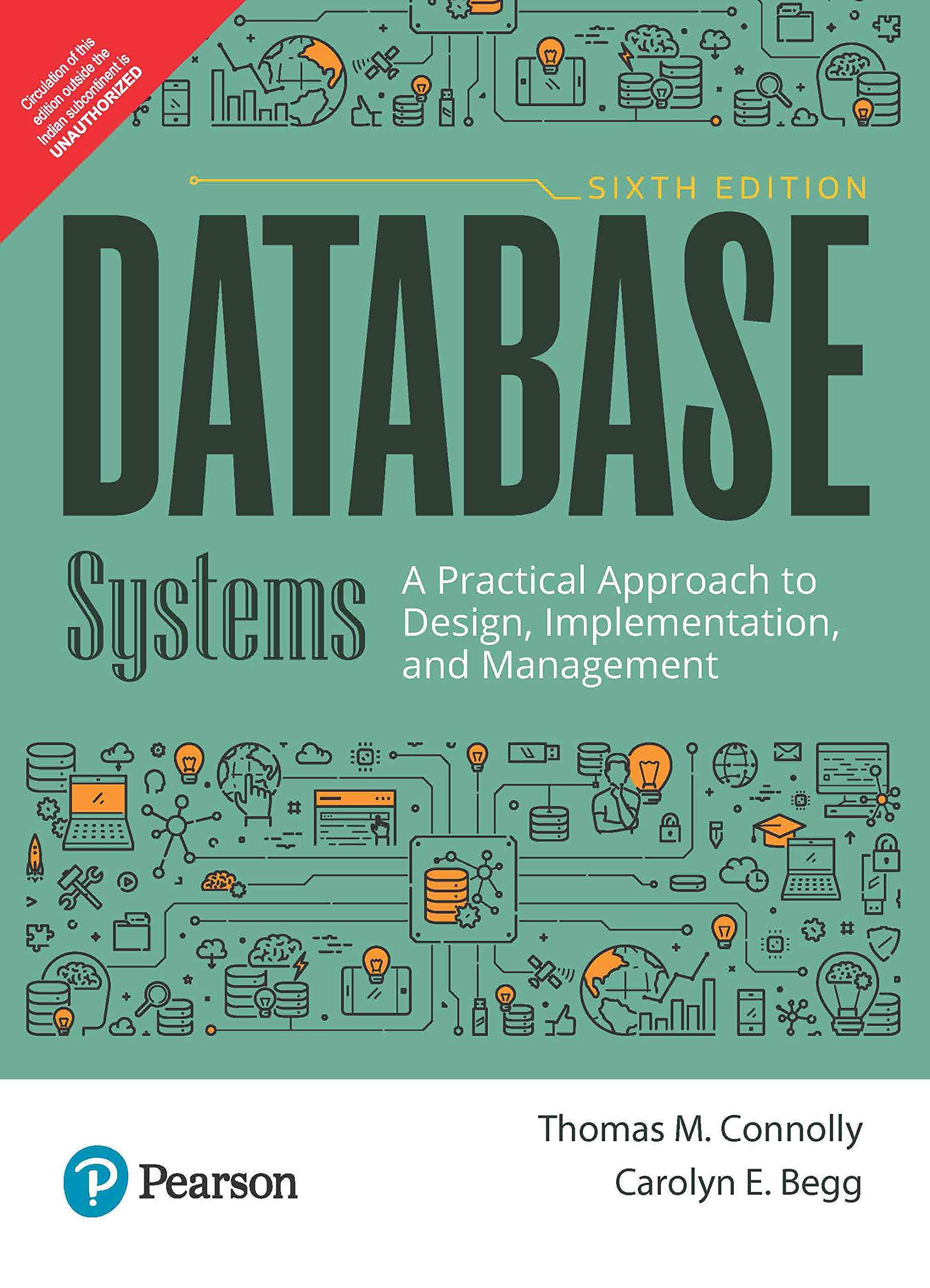Question
Assume that the execution time for a program is directly proportional to instruction access time. The access to an instruction in the cache is 10
Assume that the execution time for a program is directly proportional to instruction access time. The access to an instruction in the cache is 10 times faster than access to an instruction in the main memory. If an instruction is not found in the cache, i.e., cache miss, it is fetched from the main memory to the cache and then fetched from the cache to be executed. Assume that a requested instruction will cause cache miss has a probability of 0.08. Let the speedup factor is defined as the ratio of program execution time without the cache to program execution time with the cache. Calculate the speedup factor to execute such a program. Repeat Part (b) using this assumption, assuming that the cache is 20 times faster than the main memory.
Main memory Cache memory Processor Bus Assume that the execution time for a program is directly proportional to instruction access time. The access to an instruction in the cache is 10 times faster than access to an instruction in the main memory. If an instruction is not found in the cache, i.e., cache miss, it is fetched from the main memory to the cache and then fetched from the cache to be executed. Assume that a requested instruction will cause cache miss has a probability of 0.08. Let the speedup factor is defined as the ratio of program execution time without the cache to program execution time with the cache. Calculate the speedup factor to execute such a program. Repeat Part (b) using this assumption, assuming that the cache is 20 times faster than the main memory
Step by Step Solution
There are 3 Steps involved in it
Step: 1

Get Instant Access to Expert-Tailored Solutions
See step-by-step solutions with expert insights and AI powered tools for academic success
Step: 2

Step: 3

Ace Your Homework with AI
Get the answers you need in no time with our AI-driven, step-by-step assistance
Get Started


